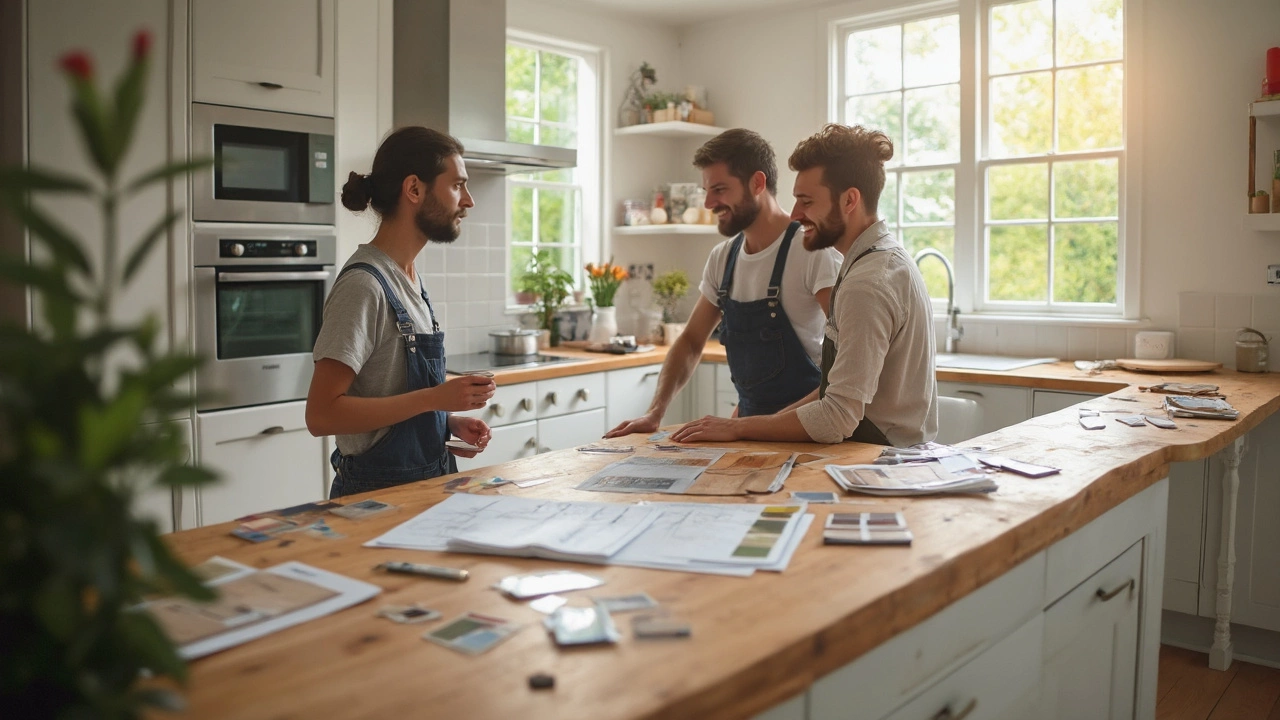Curious about kitchen fitting costs in NZ? Get real prices, advice, and practical tips for budgeting your kitchen installation project.
Kitchen fitting cost – what you really need to know
Planning a new kitchen can feel overwhelming, especially when you start looking at prices. Most homeowners wonder how much they’ll actually spend on fitting, cabinets, appliances and labour. The good news is that you can control many of those numbers if you know where the money goes.
What drives kitchen fitting costs
First, break the project into three parts: materials, labour and extras. Materials cover cabinets, countertops, flooring, sinks and appliances. Labour includes the tradespeople who measure, cut, install and finish the work. Extras are things like lighting, backsplashes, plumbing upgrades and disposal of your old kitchen.
Cabinet style is the biggest material cost driver. Stock cabinets from a big‑box store might run £80‑£150 per linear metre, while semi‑custom or fully bespoke units can jump to £300‑£500 per metre. Countertops follow a similar pattern: laminate is cheap (£30‑£50 per square metre), engineered stone sits around £150‑£250, and natural stone can exceed £400.
Labour rates vary by region but average £120‑£180 per day for a qualified fitter. If your kitchen has complex plumbing or electrical work, you’ll add another £200‑£400 for each specialist. Don’t forget that demolition and removal of the old kitchen can add £300‑£600, especially if you need to recycle or dispose of large items.
Extras can quickly blow up a budget. A high‑end pendant light costs £150‑£300, while a simple LED strip is under £50. Backsplashes range from cheap tiles (£20‑£30 per square metre) to premium glass (£70‑£120). These items feel small, but they add up.
How to keep your kitchen fit budget in check
Start with a realistic budget and stick to it. Write down every item you plan to buy and assign a cost based on quotes you’ve gathered. Use a spreadsheet so you can see the totals at a glance.
Shop around for materials early. Big retailers often have sales on cabinets and countertops, and you can sometimes find surplus stock at a discount. Don't be afraid to mix high‑end and budget items – a premium countertop paired with stock cabinets still looks great.
Get at least three quotes from qualified installers. Compare not just price but what’s included: is demolition covered? Are there warranties? A lower quote might skip some steps, which could cost you later.
Consider a phased approach. If you can live with a temporary countertop or basic lighting for a few months, you can spread costs over time and avoid a big lump sum.
Finally, plan for a contingency fund of about 10‑15% of your total budget. Unexpected issues like hidden water damage or faulty wiring are common, and having a small reserve prevents panic when they pop up.
By understanding where the money goes and staying proactive about quotes and choices, you can keep your kitchen fitting cost under control and still get a space you love.
